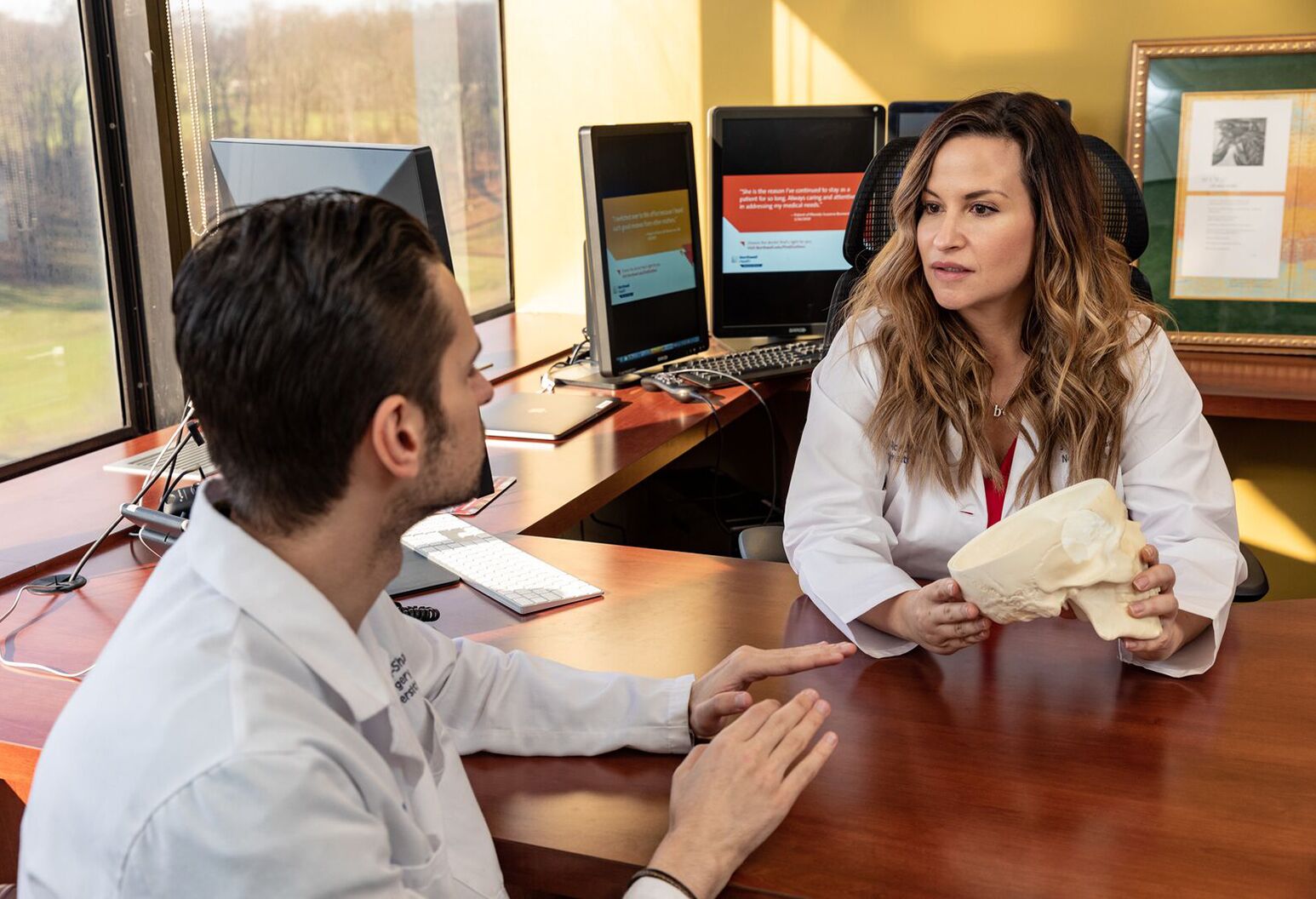Cerebral palsy (CP)
What is cerebral palsy (CP)?
Cerebral palsy (CP) is a neurological disorder caused by a brain injury or malformation during brain development (before, during or immediately after birth). CP affects body movement, muscle control, muscle coordination, muscle tone, reflex, posture and balance, as well as fine and gross motor skills and oral motor function. The type and extent of dysfunction, the location of the dysfunction, and the limbs involved vary. CP can affect arms, legs and the face.
Our approach
At Cohen Children’s, we have many experts who provide an array of services for children with CP including bracing specialists, neurologists and social workers. For complex cases, we perform motion analyses that help us to decide which treatments would work best for a particular child. A variety of comprehensive educational and therapeutic programs, including a wheelchair clinic, are available to children who have a formal diagnosis of CP.
The Northwell Health Institute for Neurology and Neurosurgery also offers leading-edge, long-term treatment for CP. Medications may be prescribed to decrease muscle tightness, treat pain and spasticity and improve functional abilities. These include Botox injections and muscle relaxants, such as diazepam (Valium) and baclofen (Gablofen). The type of medication prescribed will depend on whether the spasticity affects only certain muscles (isolated) or the entire body (generalized).
Symptoms
Cerebral palsy affects a person’s motor function. Muscles can contract too much, too little, or all at the same time, causing shaking. Limbs can be stiff and forced into painful, awkward positions. Balance, posture, and coordination can also be affected. Walking, sitting, grasping or doing fine motor activities can be difficult or impossible.
Other complications that may accompany CP include:
- Intellectual impairment
- Seizures
- Vision impairment
- Hearing impairment
Causes
Cerebral palsy is caused by a brain injury or malformation that occurs before, during, or immediately after birth, while the infant’s brain is still developing. The severity of the condition is dependent on the nature of the injury, location of the injury, and extent of the damage. Some possible causes of CP include:
- Accident/injury
- Abuse
- Medical malpractice
- Negligence
- Infection
Side effects of medications
It’s important to discuss the risks of medications and other treatments for cerebral palsy with your doctor. The type of medication prescribed will depend on whether the spasticity affects only certain muscles (isolated) or the entire body (generalized).
Some medications prescribed to treat spasticity, such as diazepam, can result in dependency. They are typically not recommended for long-term use. Other medications have side effects that include:
- Sleepiness
- Nausea
- Diarrhea
- Confusion
How is it diagnosed?
There is no single diagnostic tool for cerebral palsy, so getting a definitive diagnosis can take time. In severe cases, the child may be diagnosed soon after birth, but for the majority of children, diagnosis is usually made within the first two years. For those with very mild symptoms, a diagnosis may not be given until the brain is fully developed—between three and five years of age.
Early indicators of CP include:
- Developmental delay
- Abnormal growth charts
- Impaired muscle tone
- Abnormal reflexes
Types of treatment
We offer leading-edge treatment for cerebral palsy, as well as a multi-disciplinary approach with a comprehensive team that may include:
- Pediatricians
- Neurologists
- Physical therapists
- Occupational therapists
- Speech language pathologists
- Social workers
There is no cure for cerebral palsy (CP). However, long-term care can be beneficial in managing symptoms. Medications may be prescribed to decrease muscle tightness, treat pain and spasticity and improve functional abilities. These include Botox injections and muscle relaxants, such as diazepam (Valium) and baclofen (Gablofen).
Physical, occupational, speech and language, and recreational therapy can also be beneficial in improving functional abilities. In some cases, surgery may be recommended to decrease muscle tightness or correct bone abnormalities.
Researchers are currently investigating stem cell therapy as a treatment for cerebral palsy. This may be a possible treatment option in the future.
Questions for your doctors
It’s important to discuss the risks of medications and other treatments for CP with your doctor. Some medications prescribed to treat spasticity, such as diazepam, can result in dependency. They are typically not recommended for long-term use. Other medications have side effects that include sleepiness, nausea, diarrhea and confusion.
Living with CP
Because there is no cure for cerebral palsy, treatment goals include maximizing function and minimizing painful symptoms. It’s important to work with your healthcare team on an ongoing basis to modify treatment as necessary.
There are more than 100 disorders that affect the nerves and muscles—it’s crucial to get a diagnostic evaluation and a comprehensive treatment plan from experts you can trust.

